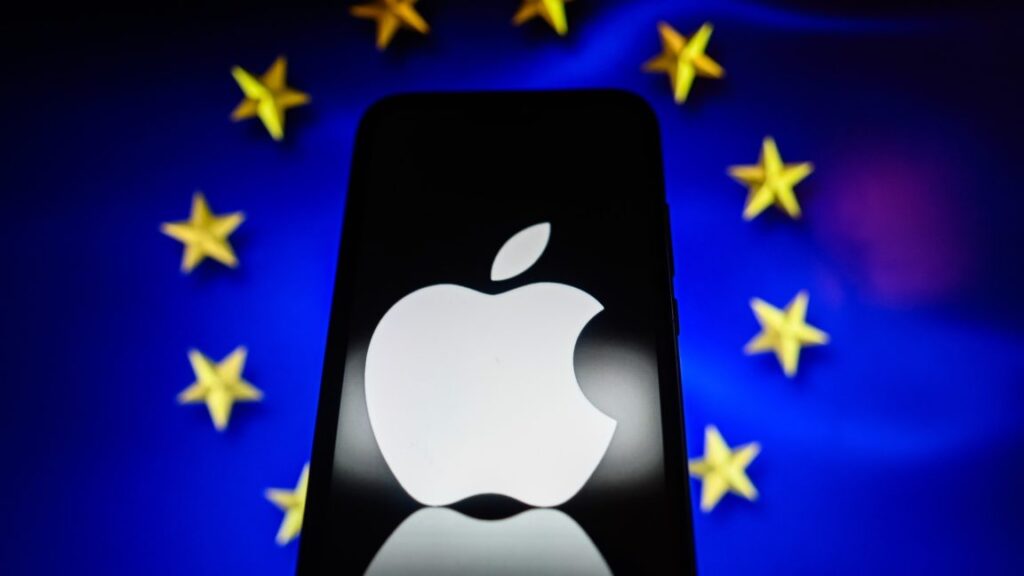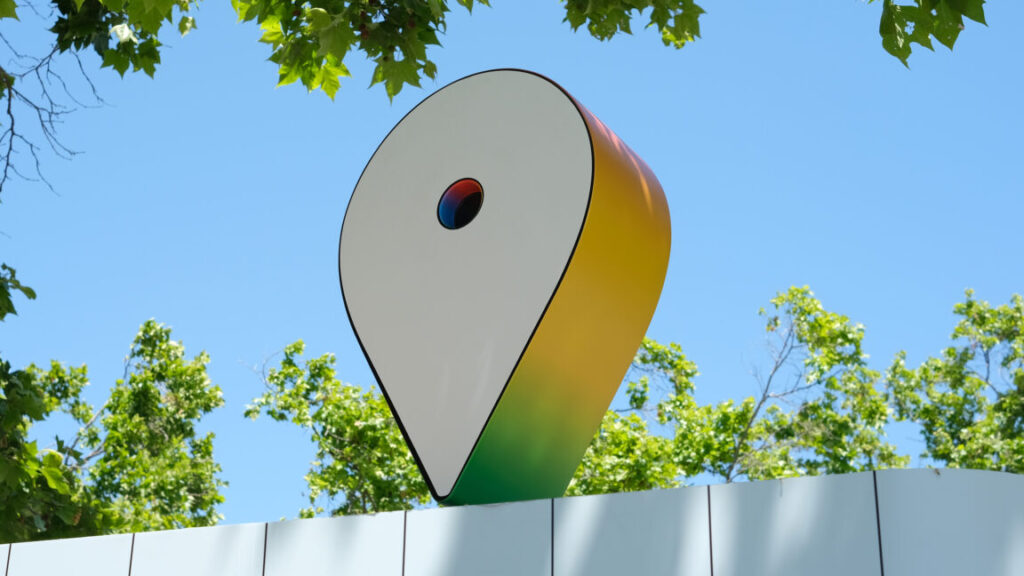Apple gives EU users App Store options in attempt to avoid massive fines
Apple is changing its App Store policies in the EU in a last-minute attempt to avoid a series of escalating fines from Brussels.
The $3 trillion iPhone maker will allow developers in the bloc to offer apps designed for the iOS operating system in places other than Apple’s App Store, the company said.
Apple has been negotiating for two months with the European Commission after being fined €500 million for breaching the EU’s Digital Markets Act, the landmark legislation designed to curtail the power of Big Tech groups.
Throughout the process, Apple has accused the commission of moving the goalposts on what the company needs to do to comply with the EU’s digital rule book.
Apple announced the measures on Thursday, the deadline for the company to comply with the bloc’s rules in order to avoid new levies. The financial penalties can escalate over time and reach up to 5 percent of average daily worldwide revenue.
Still, an Apple spokesperson said that “the European Commission is requiring Apple to make a series of additional changes to the App Store. We disagree with this outcome and plan to appeal.”
In a reaction to the changes, a European Commission spokesperson said that “the commission will now assess these new business terms for DMA compliance.”
The spokesperson added that “the commission considers it particularly important to obtain the views of market operators and interested third parties before deciding on next steps.”
The decision on the new fines under the Digital Markets Act comes as Brussels and Washington near a July 9 deadline to agree on a trade deal.
The EU’s rules on Big Tech are a flashpoint between Brussels and US President Donald Trump. But commission leaders have indicated they would not change their rule book as a part of trade negotiations with the US.
© 2025 The Financial Times Ltd. All rights reserved. Not to be redistributed, copied, or modified in any way.
Apple gives EU users App Store options in attempt to avoid massive fines Read More »












